After nearly two decades of drought, the Colorado River Basin needs this boost to private land conservation to support agriculture, outdoor recreation businesses, and a growing population
Even as the Colorado River enters a 17th year of drought conditions, 35 million people and hundreds of thousands of businesses across seven U.S. states are creating an unsustainable level of demand on this stressed waterway. The mighty Colorado, of such strength that it continues to carve out the Grand Canyon, no longer reaches the sea. And future projections for the river system—based on population growth, increasing temperatures, and changing weather patterns—are troublesome to say the least.
But the 2018 Farm Bill could provide some relief for the overtaxed Colorado. Here are four ways that the conservation programs we already know are good for wildlife and water quality can also support innovation and the long-term health of the river.
Farm Bill Benefits By the Numbers
Recent figures indicate the Colorado River supports an estimated 16 million jobs with a $1.4 trillion economic impact. Along with agriculture, outdoor recreation is a significant economic driver in the region. By one estimate, outdoor recreation in the Colorado River Basin contributes more than $27 billion annually to the region’s economy. The seven states within the river basin—Arizona, California, Colorado, Nevada, New Mexico, Utah, and Wyoming—attract 1.37 million hunters and 4.2 million anglers annually.
All of this economic activity relies upon the Colorado River system’s ability to sustain fish and wildlife.
But roughly 90 percent of agricultural land in the Colorado River Basin is irrigated by off-farm water-delivery systems, which are not eligible for most Farm Bill conservation program assistance. Many Farm Bill programs are also currently limited when it comes to deficit irrigation, a practice that helps farmers in the Colorado River Basin save water while maintaining important land in production and could help plants “learn” to adapt to drought.
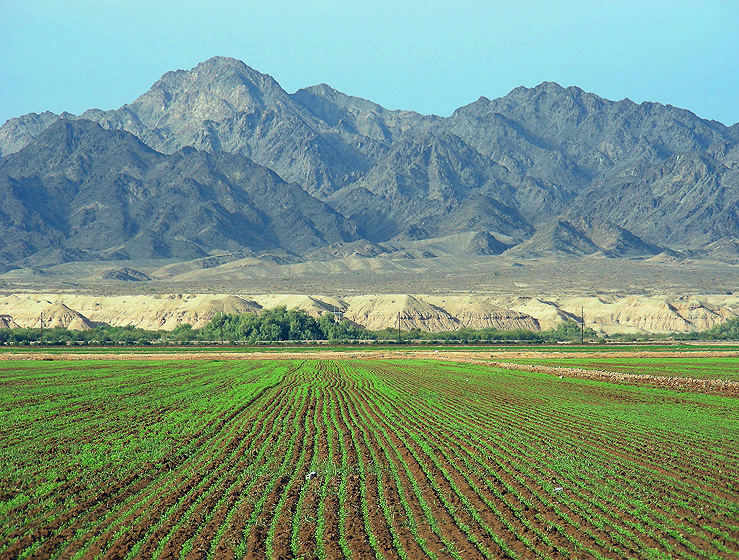
Four Ways to a Better Farm Bill for the Colorado
In the next Farm Bill, it may be possible to enhance the flexibility of conservation provisions for the Colorado River and Western farmers and ranchers. Here are four things we’d like to see:
Use the Environmental Quality Incentives program to improve the infrastructure that supports off-farm irrigation. Landowners already use EQIP projects to improve their on-farm water efficiency and, often, because the farmer can divert less water from the stream, they improve stream habitat at the same time. Allowing the Natural Resources Conservation Service to work directly with irrigation districts and the companies that oversee and maintain reservoirs and irrigation ditches would improve the effectiveness of water use on private lands across the West.
Address drought and water conservation practices within the Conservation Reserve Program. For more than 30 years, this popular program has incentivized farmers and ranchers to selectively take land out of production to achieve conservation outcomes, like improving soil and water quality, reducing erosion and nutrient runoff, and enhancing wildlife habitat. Expand it to acres where it might improve water conservation efforts, and give landowners even more options for a successful business plan.
Waive some acreage limits within the Watershed Protection and Flood Prevention Program for projects that address regional drought concerns. Because watersheds in the West are typically larger than in the eastern half of the country, the acreage limits in the program make it difficult for Western irrigators to access these funds. Removing those caps would allow landowners to use Farm Bill dollars to build drought resiliency.
Help innovative partnerships enroll in the Regional Conservation Partnership Program. Already popular since its introduction in the 2014 Farm Bill, RCPP allows landowners to partner with organizations to improve soil, water, and wildlife habitat conditions, but enrollment has been cumbersome so far. The next Farm Bill should clarify this funding arrangement and create the flexibility to promote conservation innovations at the landscape scale.
What You Can Do
The TRCP and our partners will be working to inform decision makers in the Colorado River Basin states and key Farm Bill architects of the benefits these enhancements could make. But as the debate around the next Farm Bill continues and comes to a head in 2018, it’s very likely that there are private lands, waterways, and wildlife habitat at stake where you live. Join the TRCP to be the first to know about ways you can support these ideas and other recommendations that are good for landowners, habitat, outdoor recreation, and rural America.
Top photo by USDA via flickr

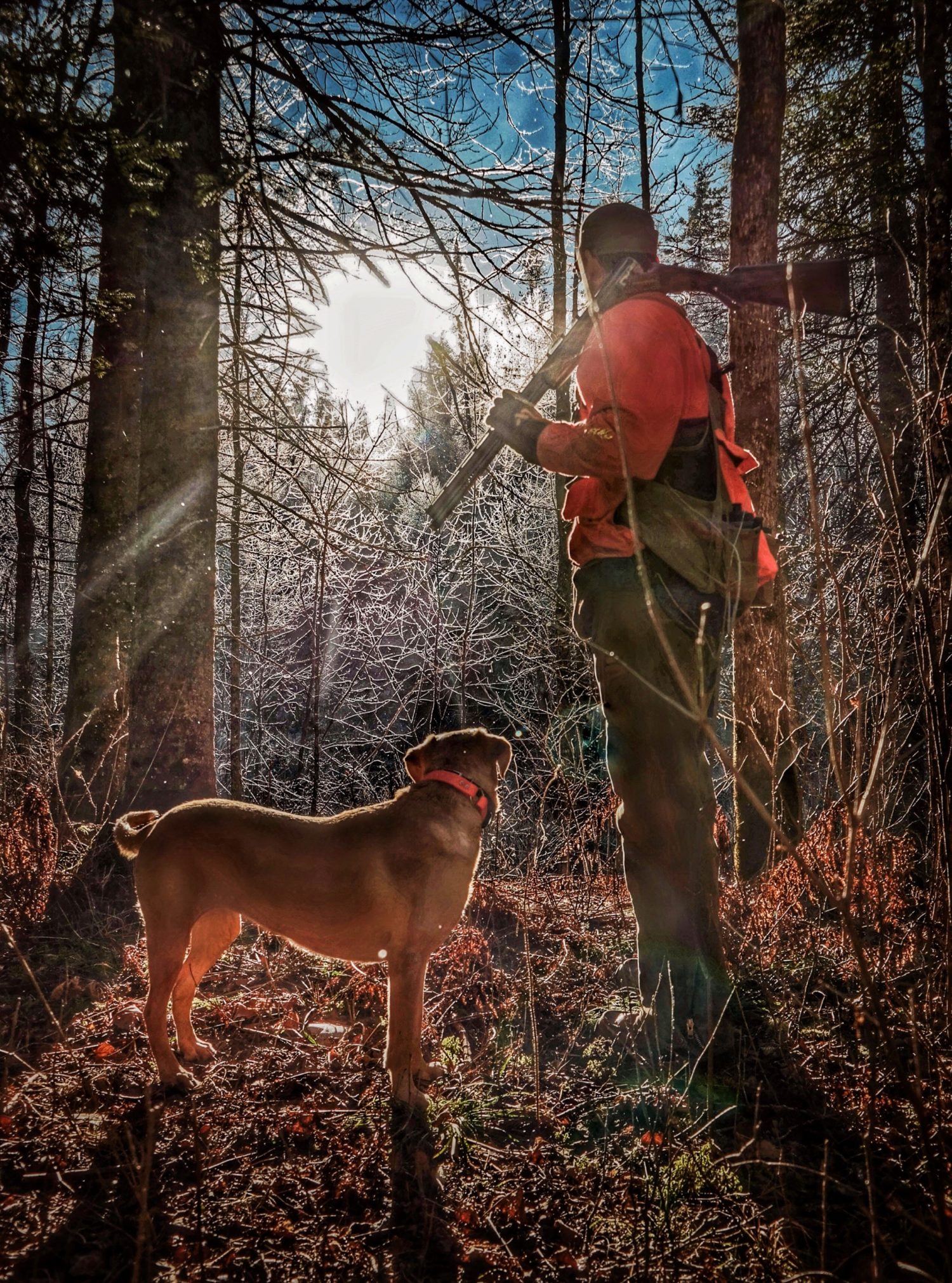
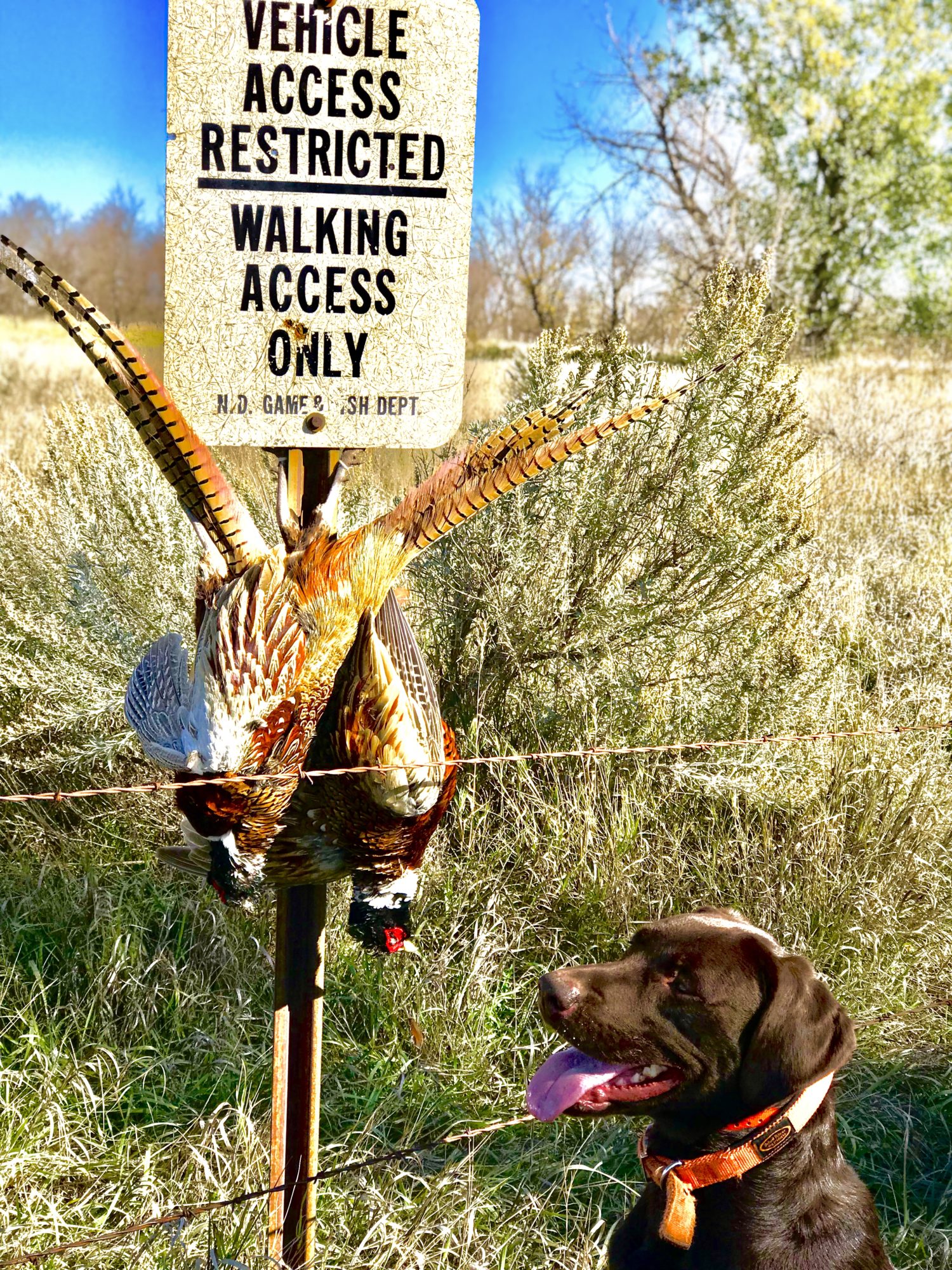
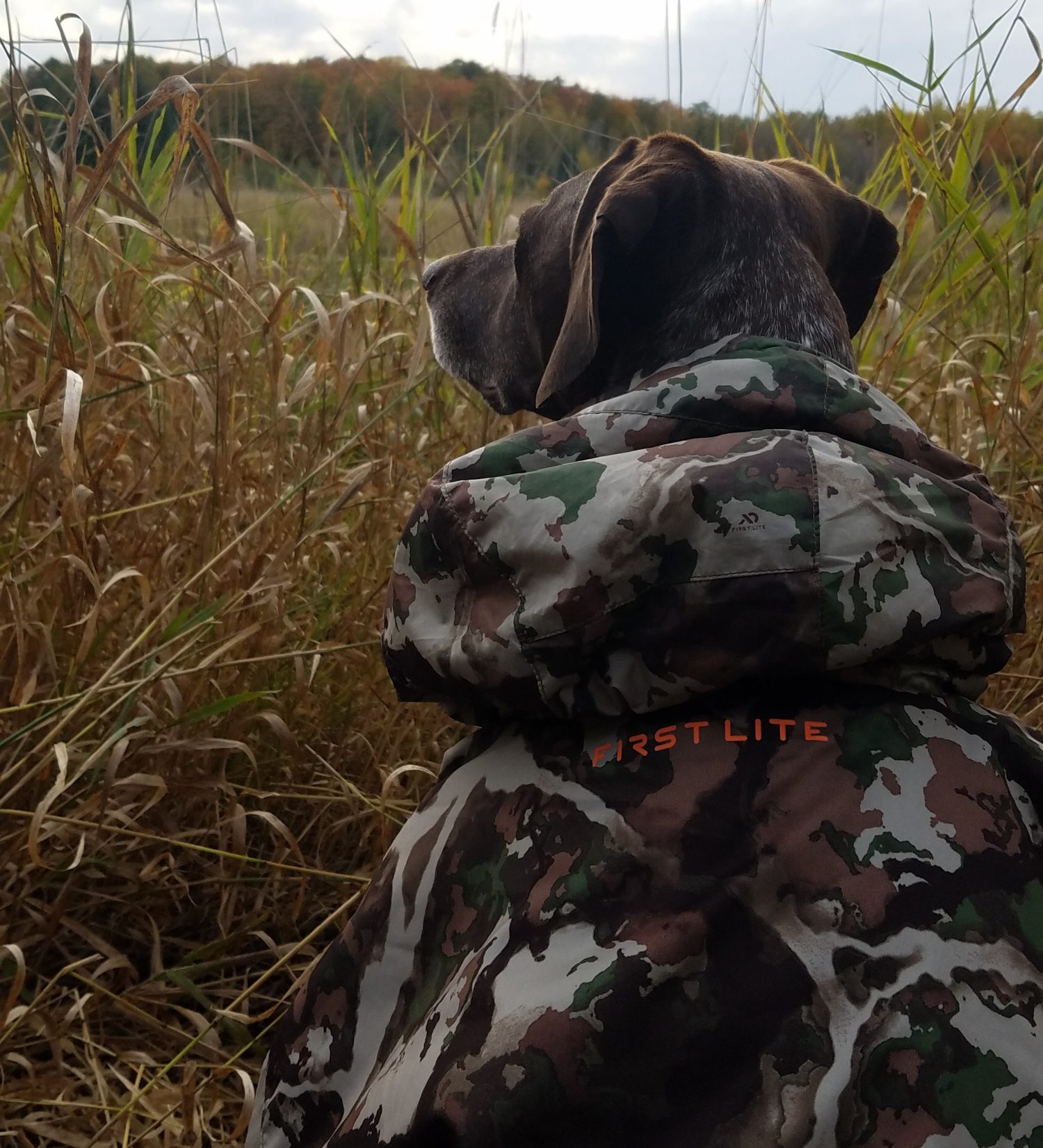
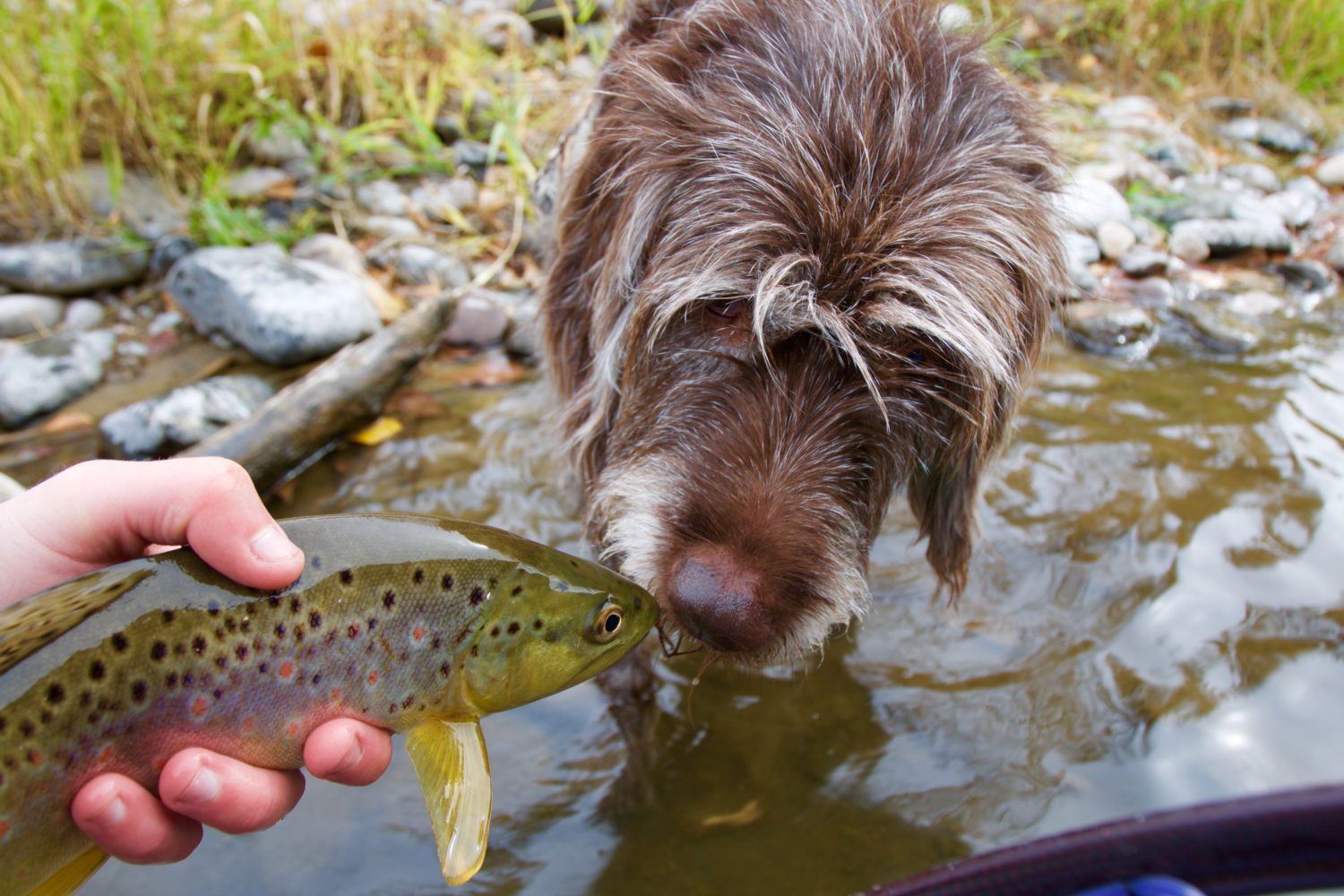
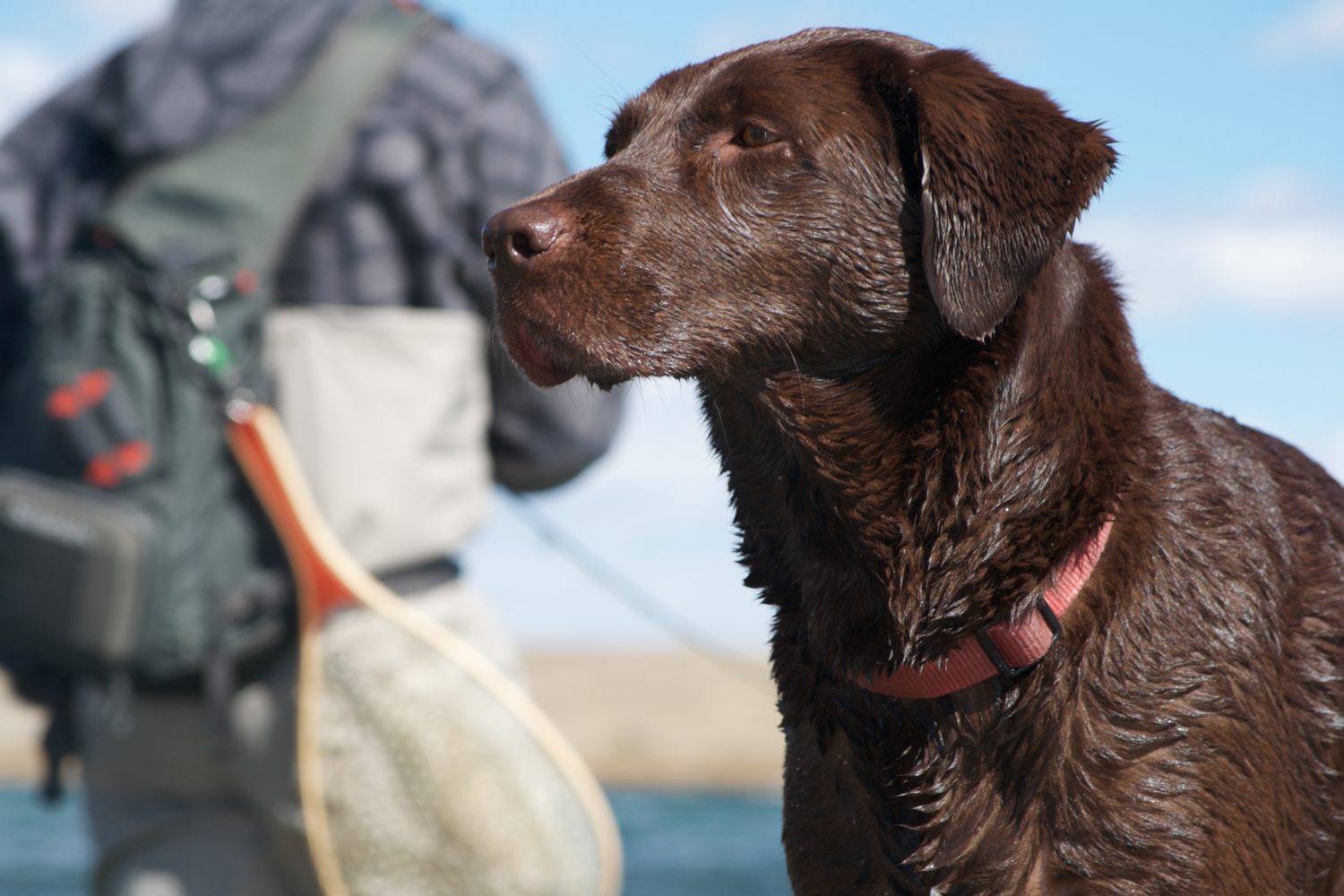
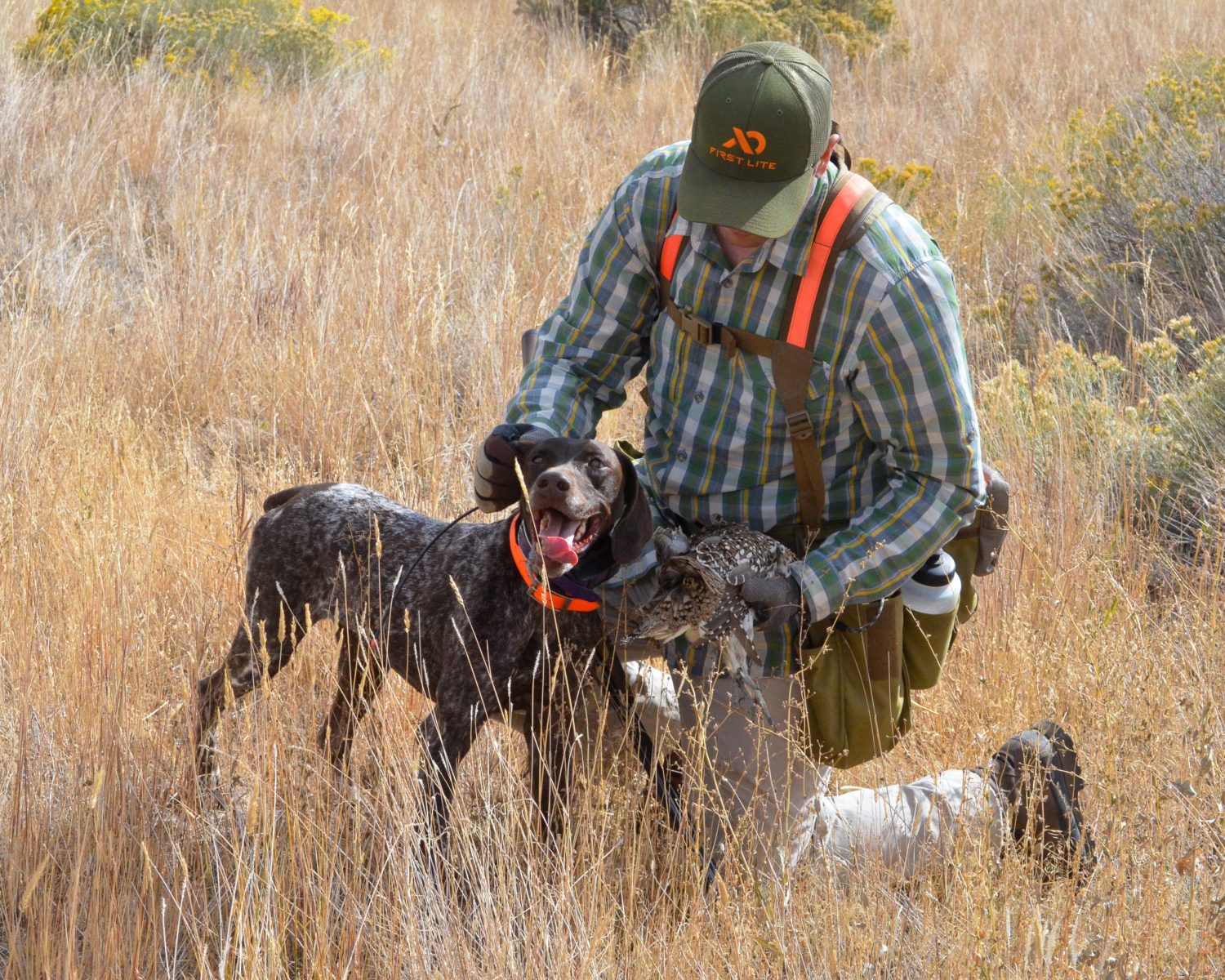
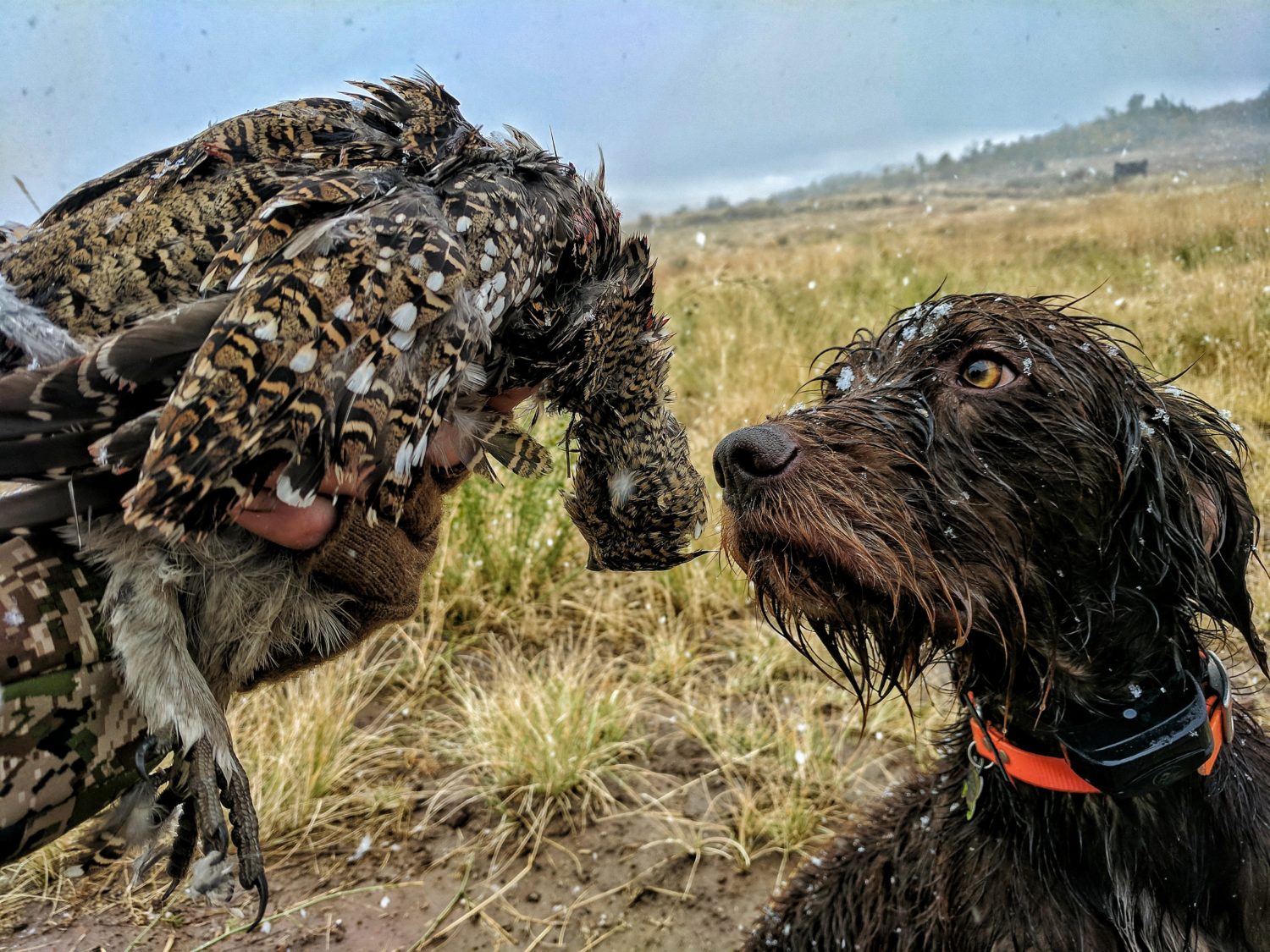
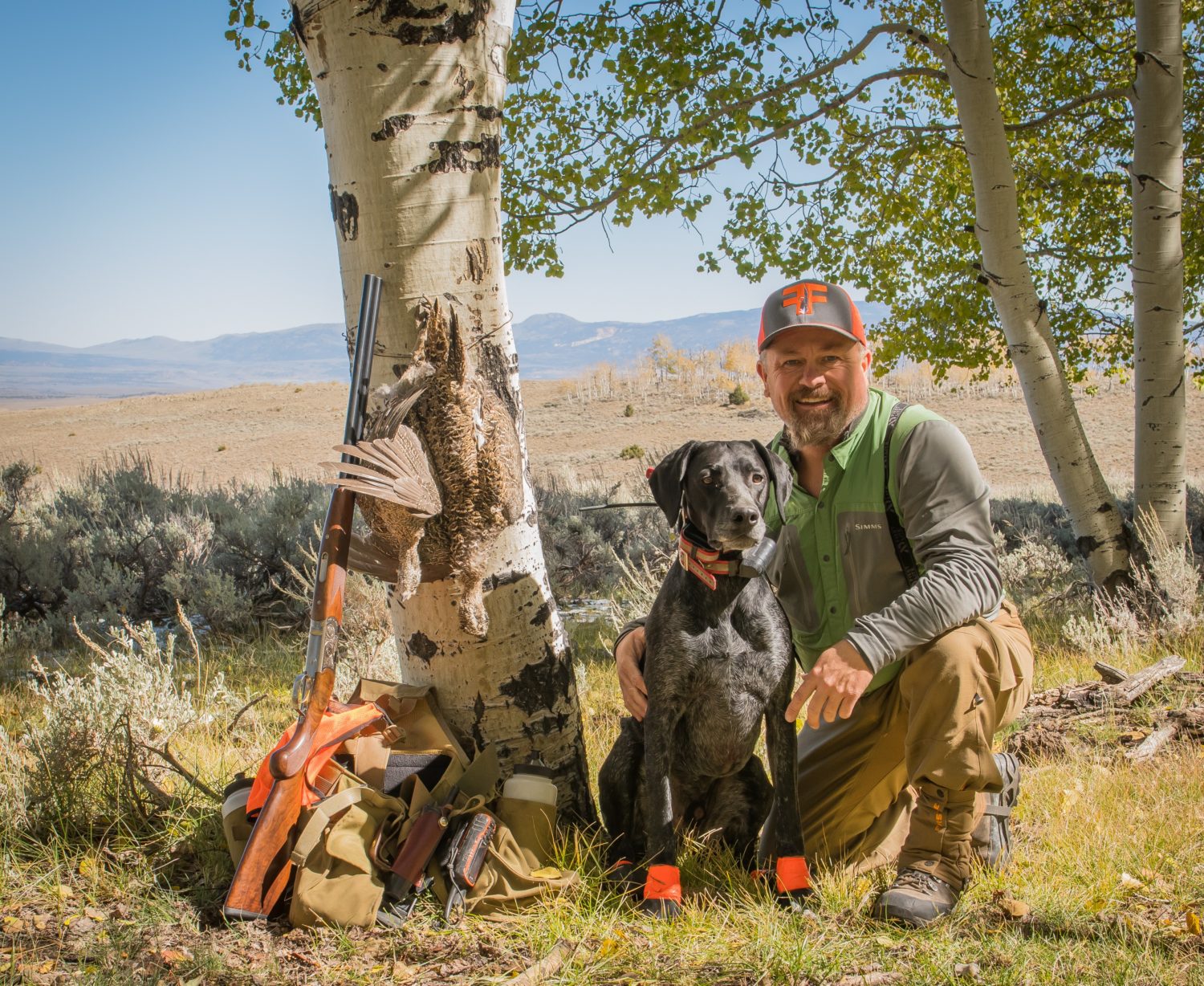
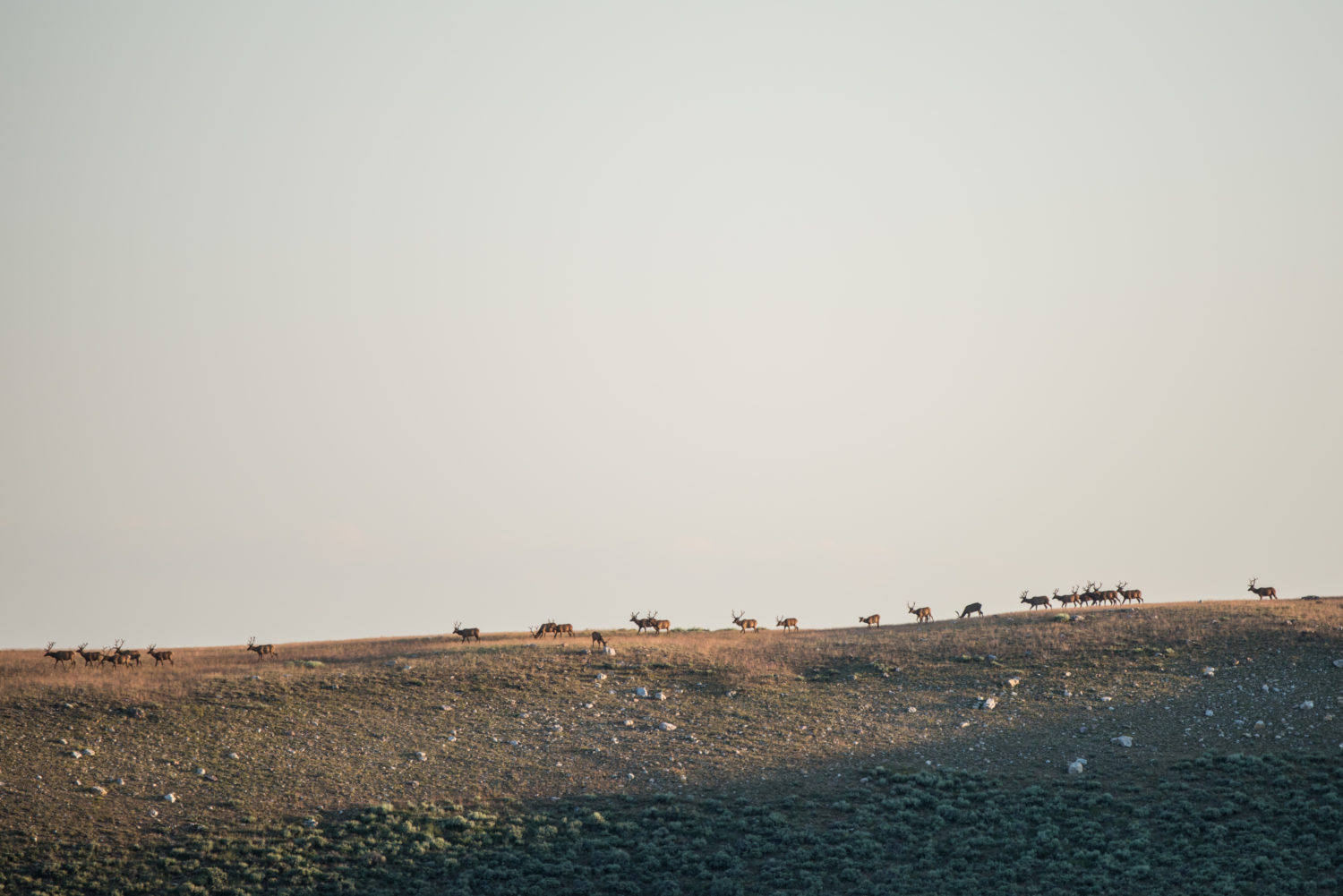
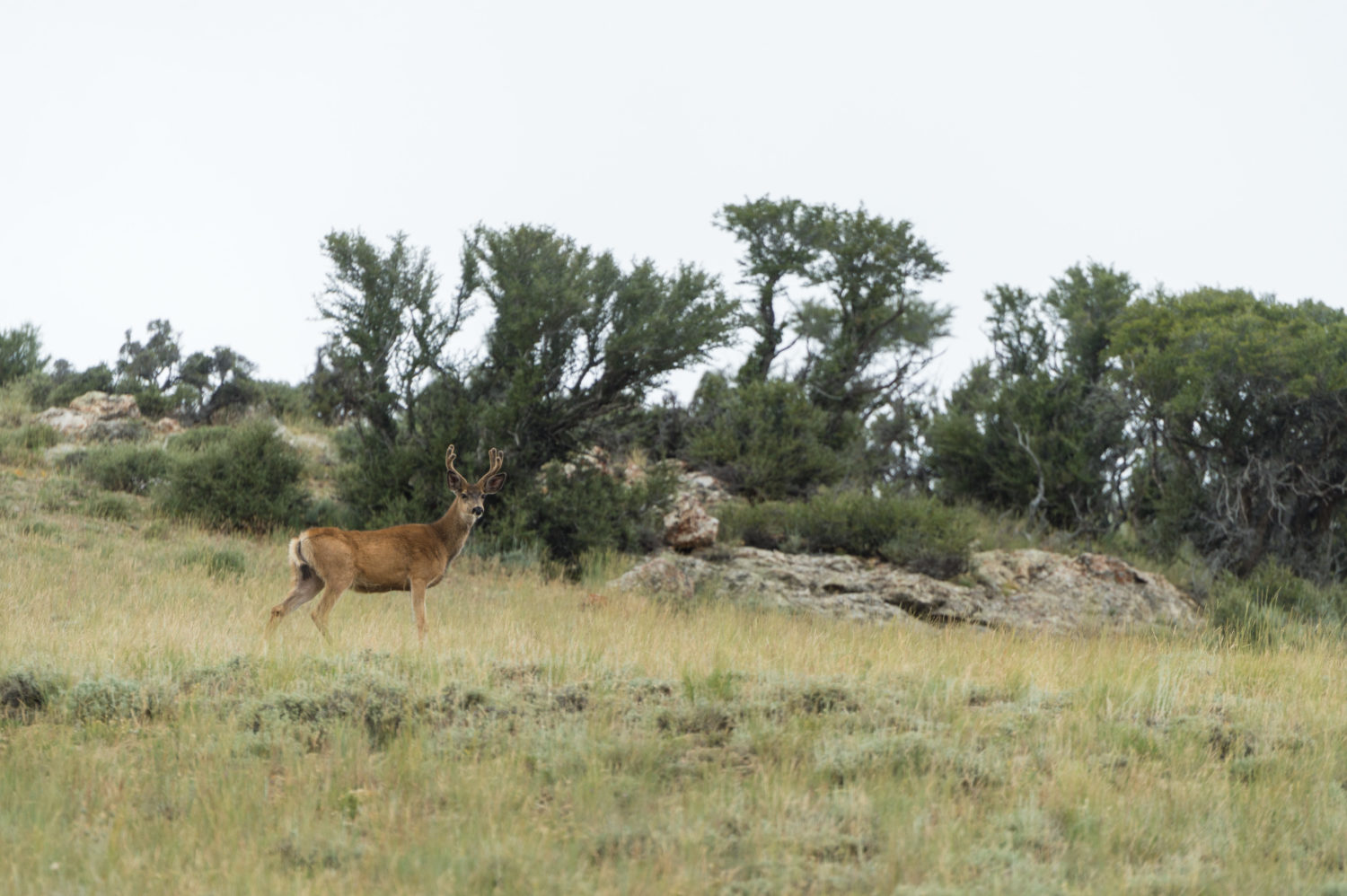
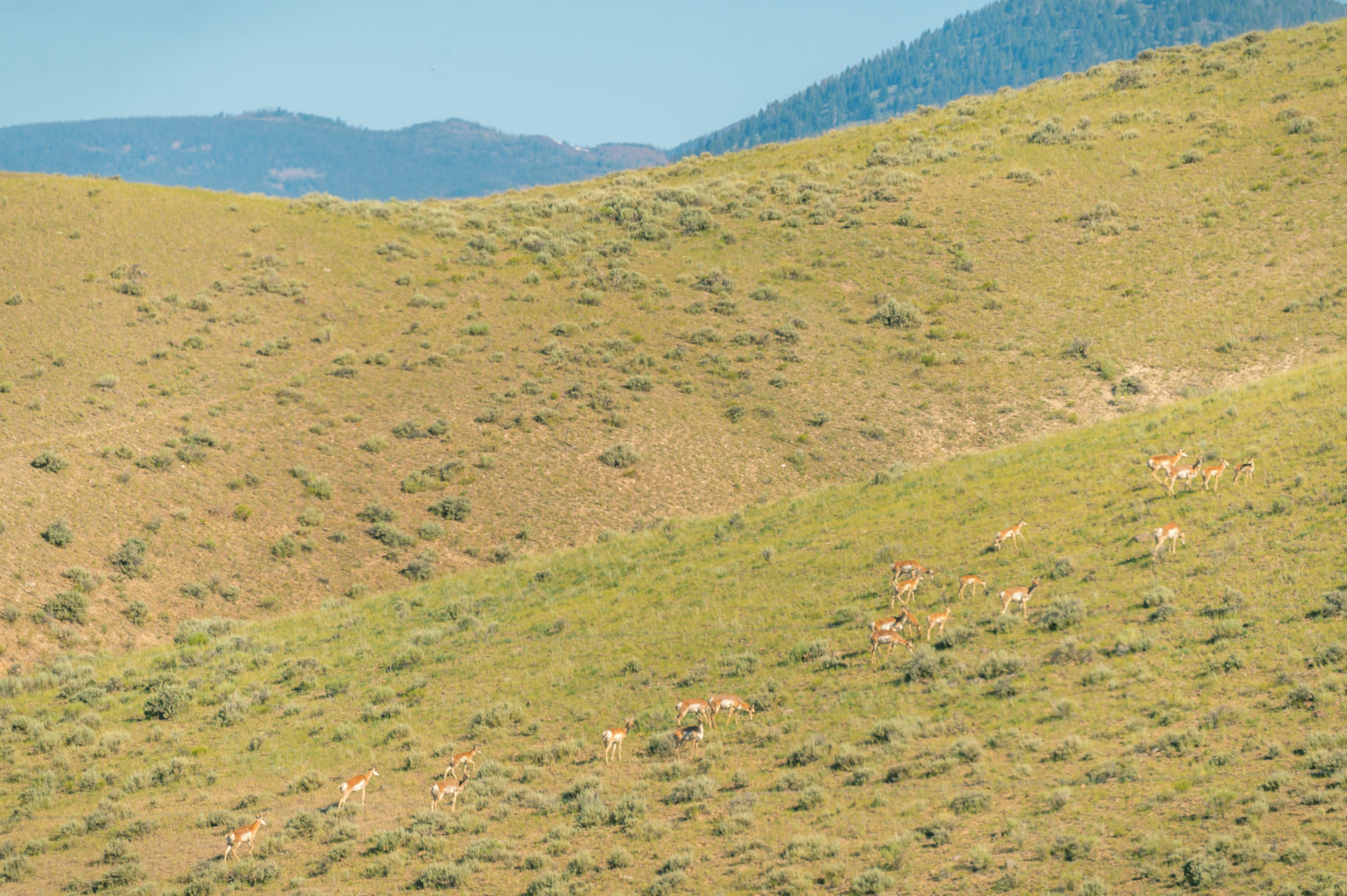
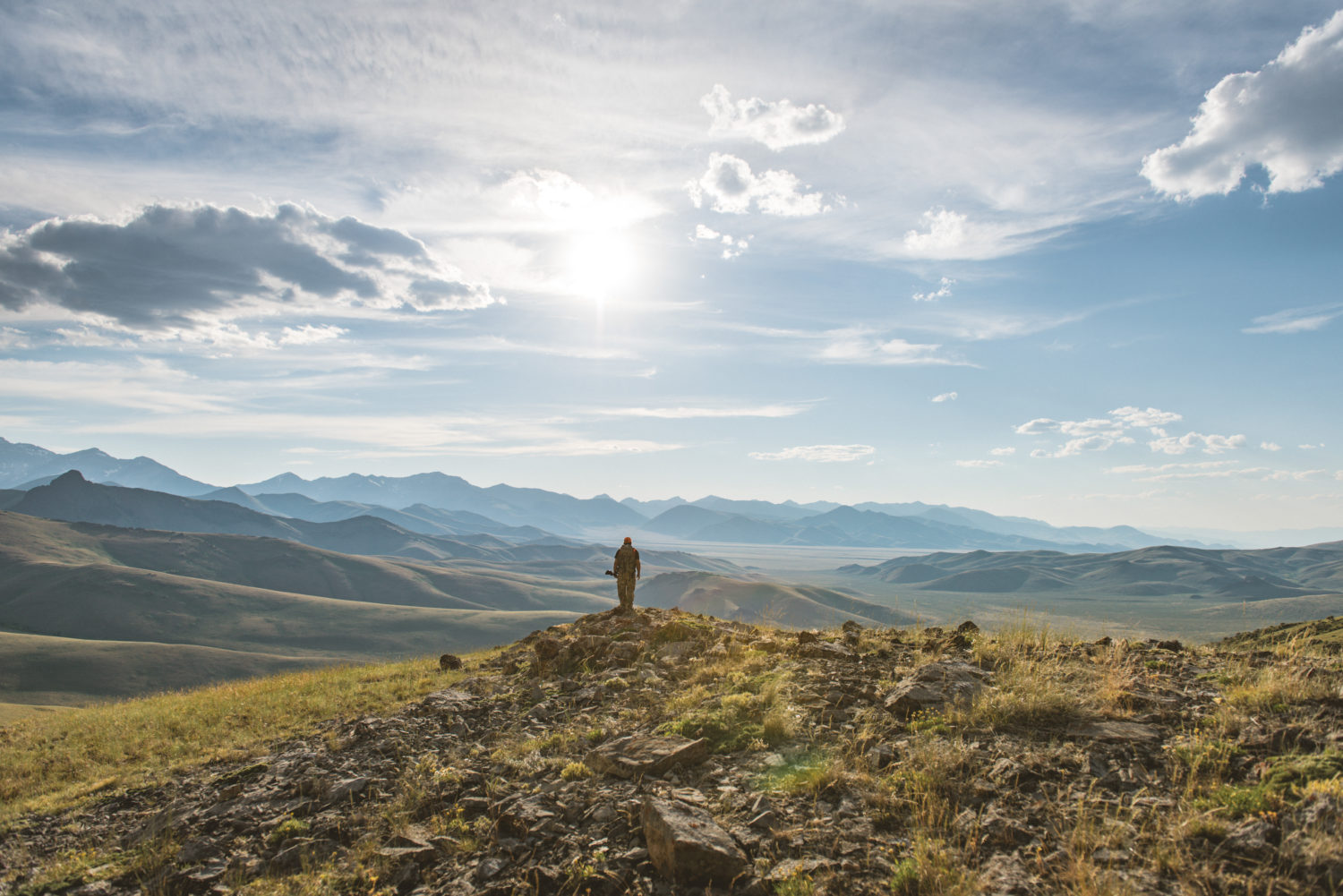
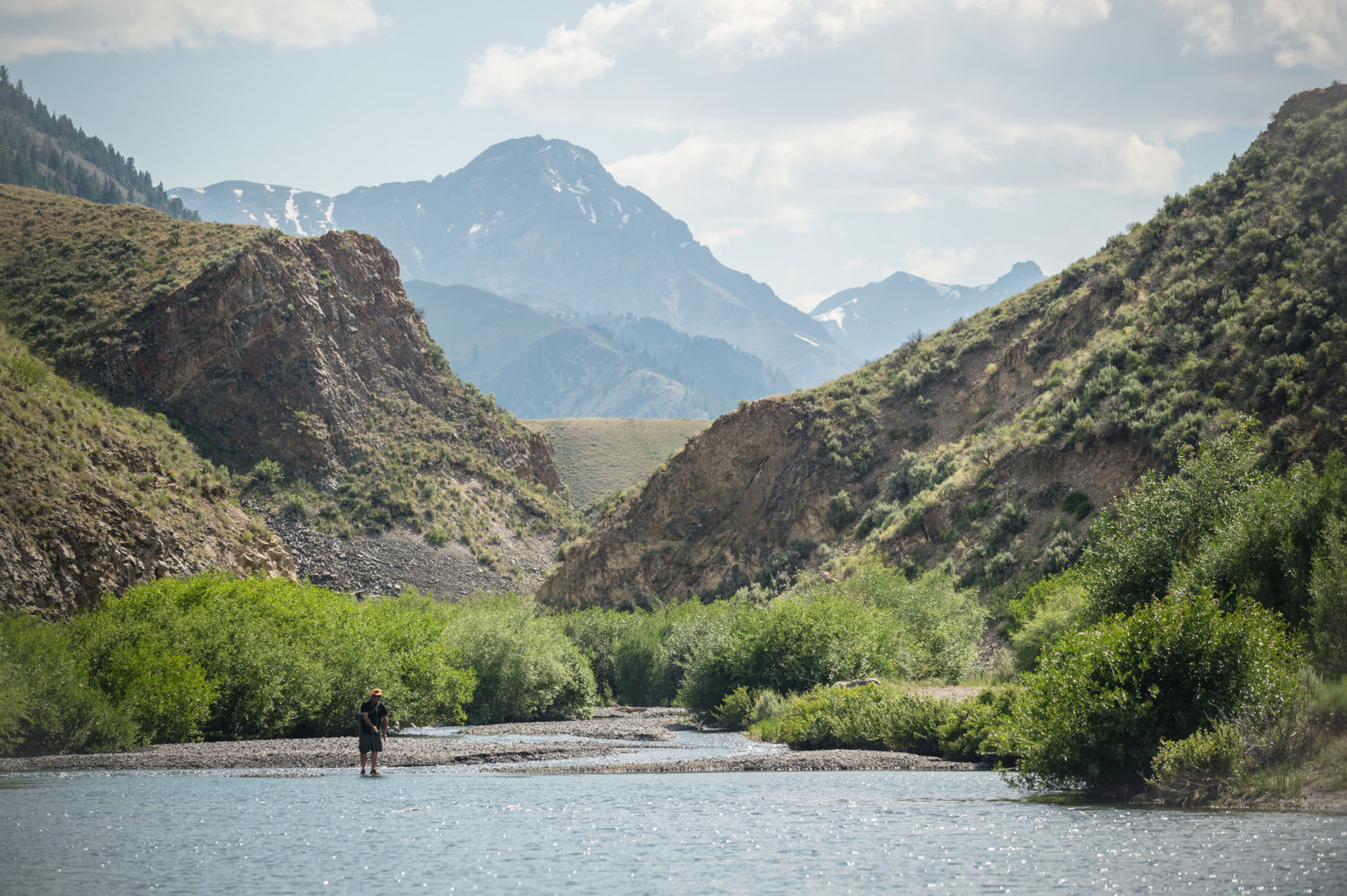
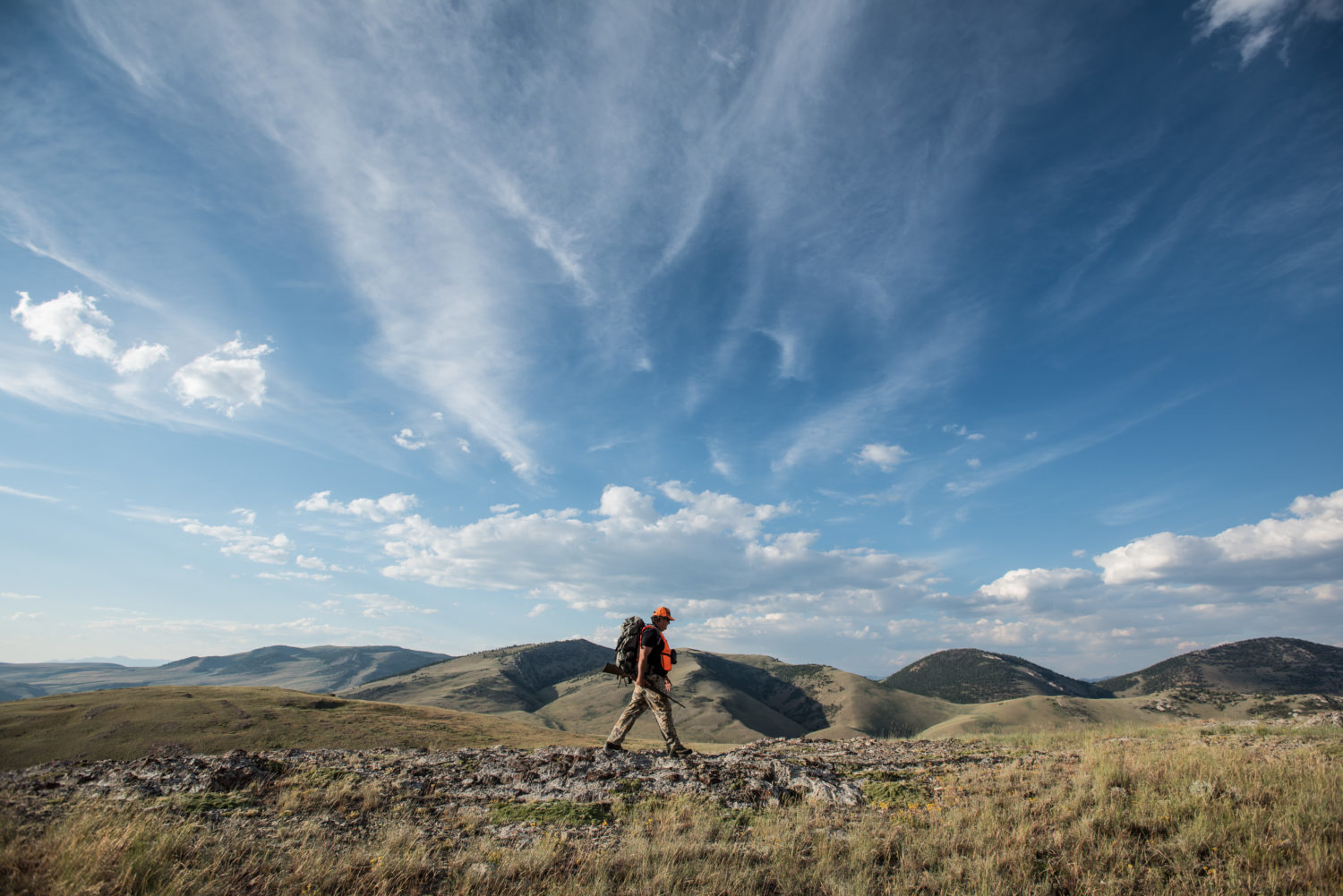
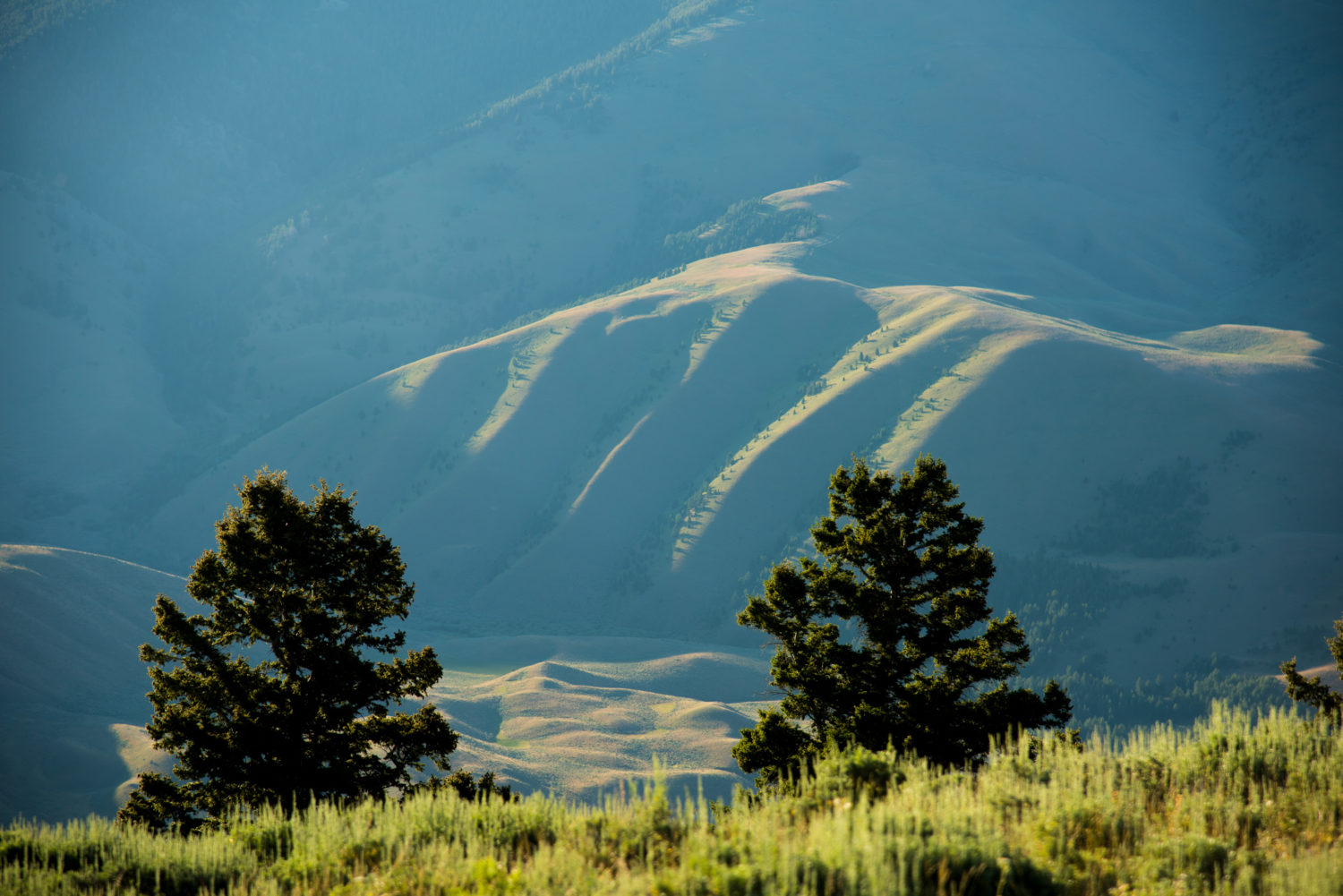
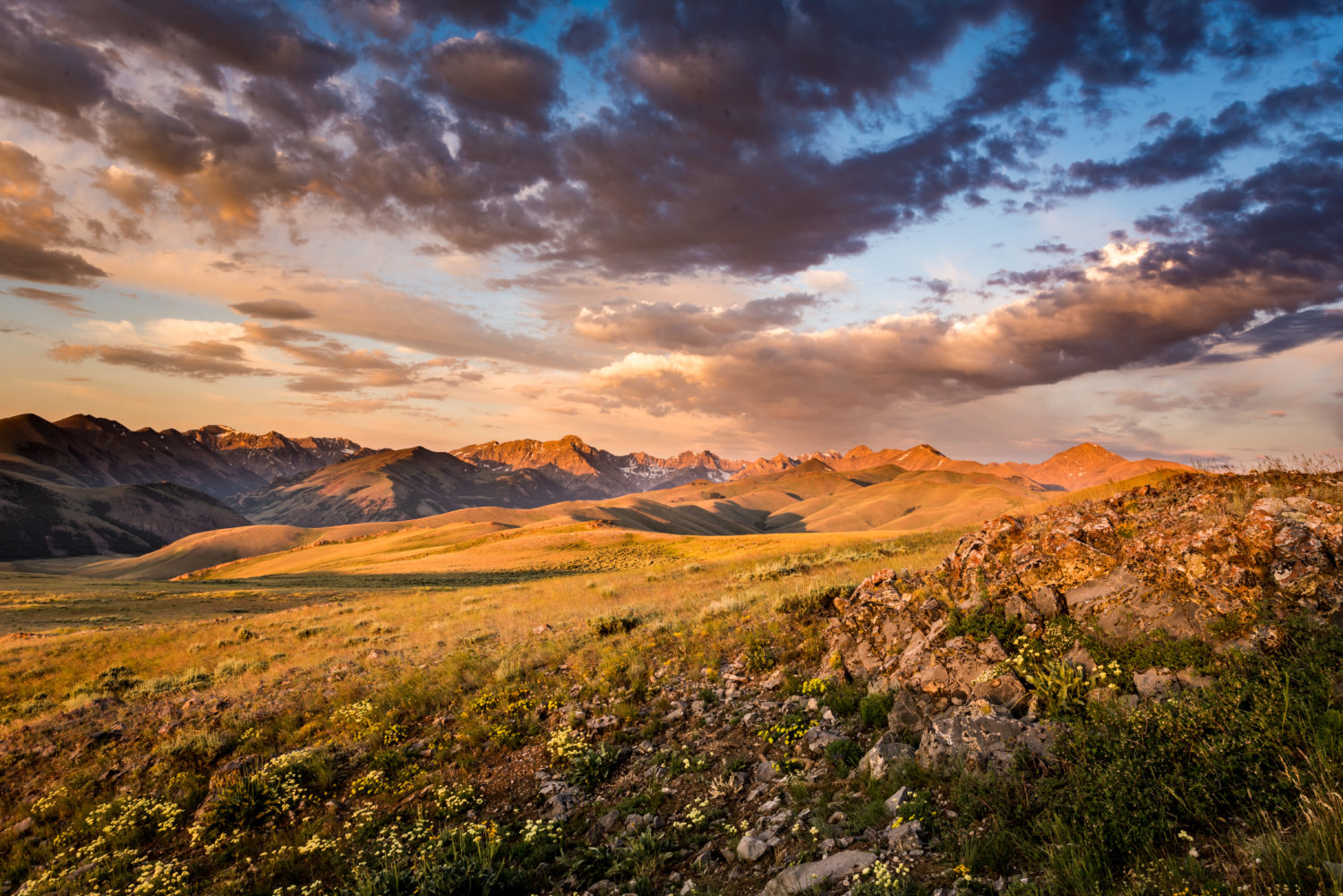
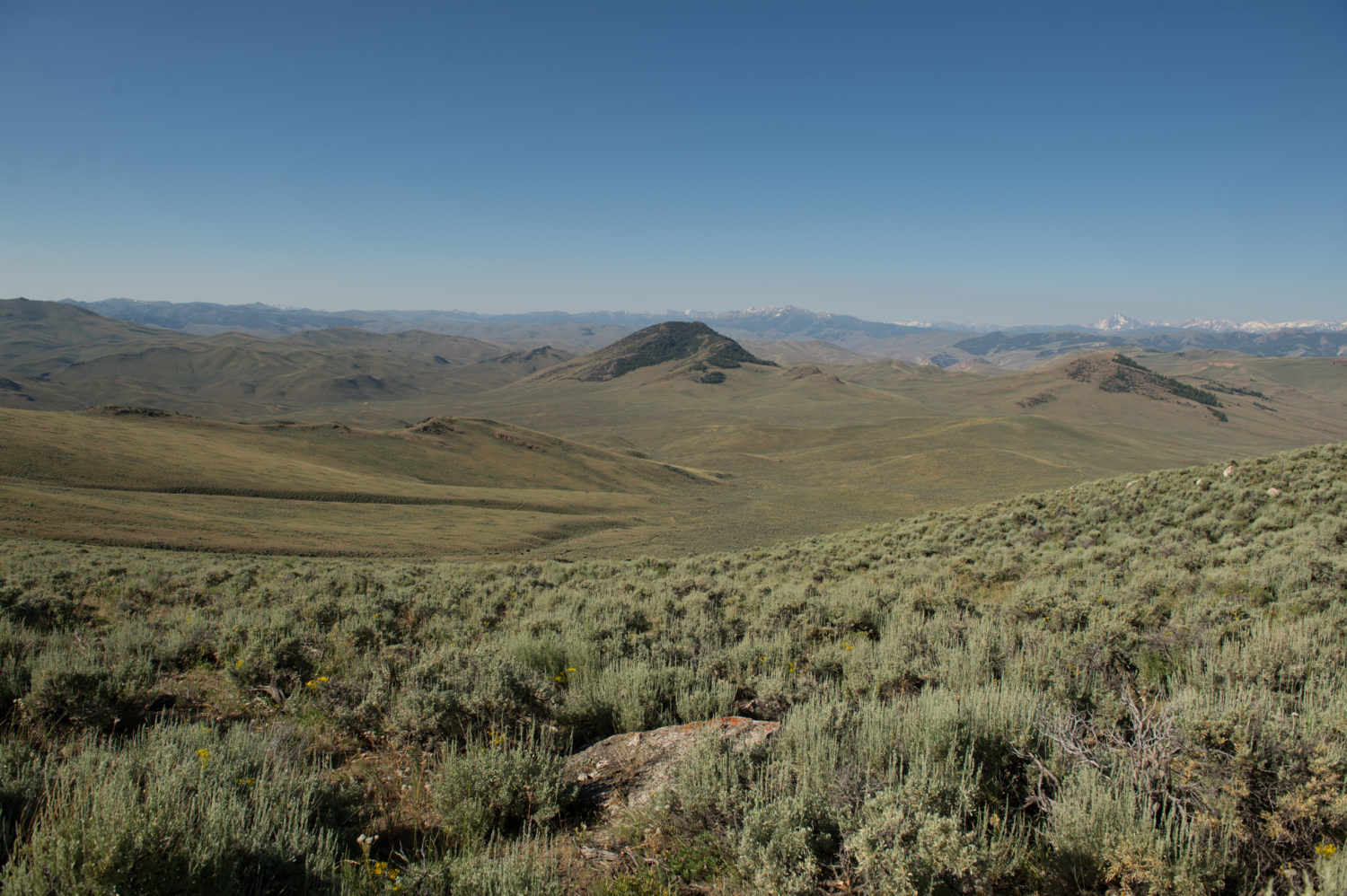
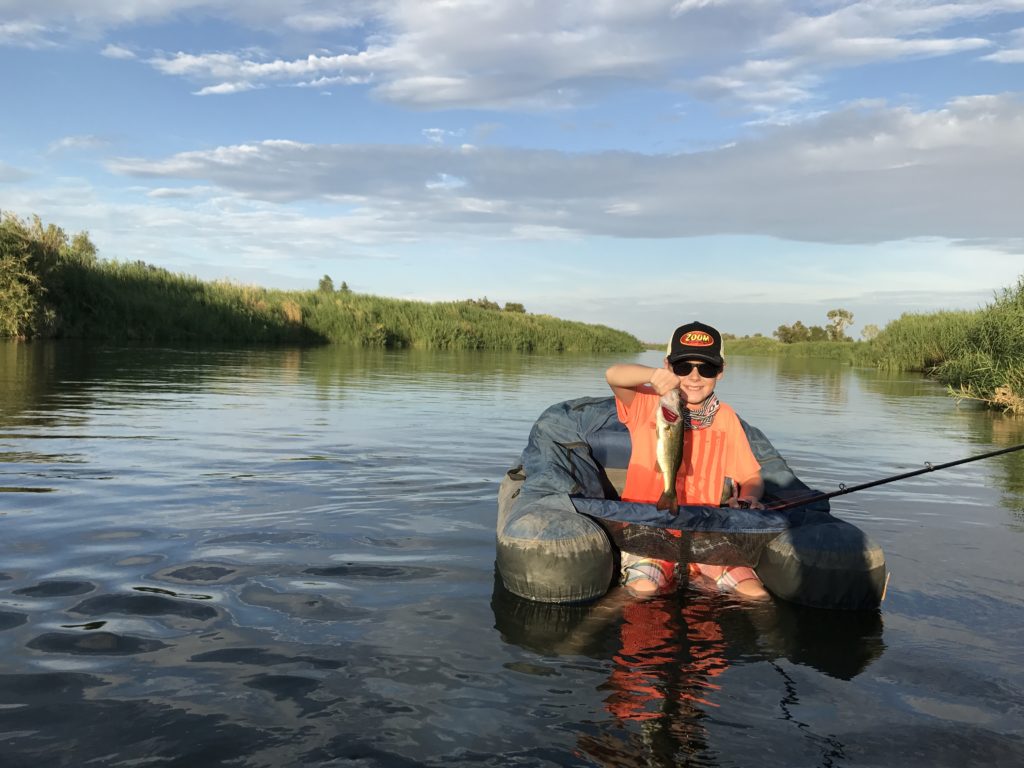

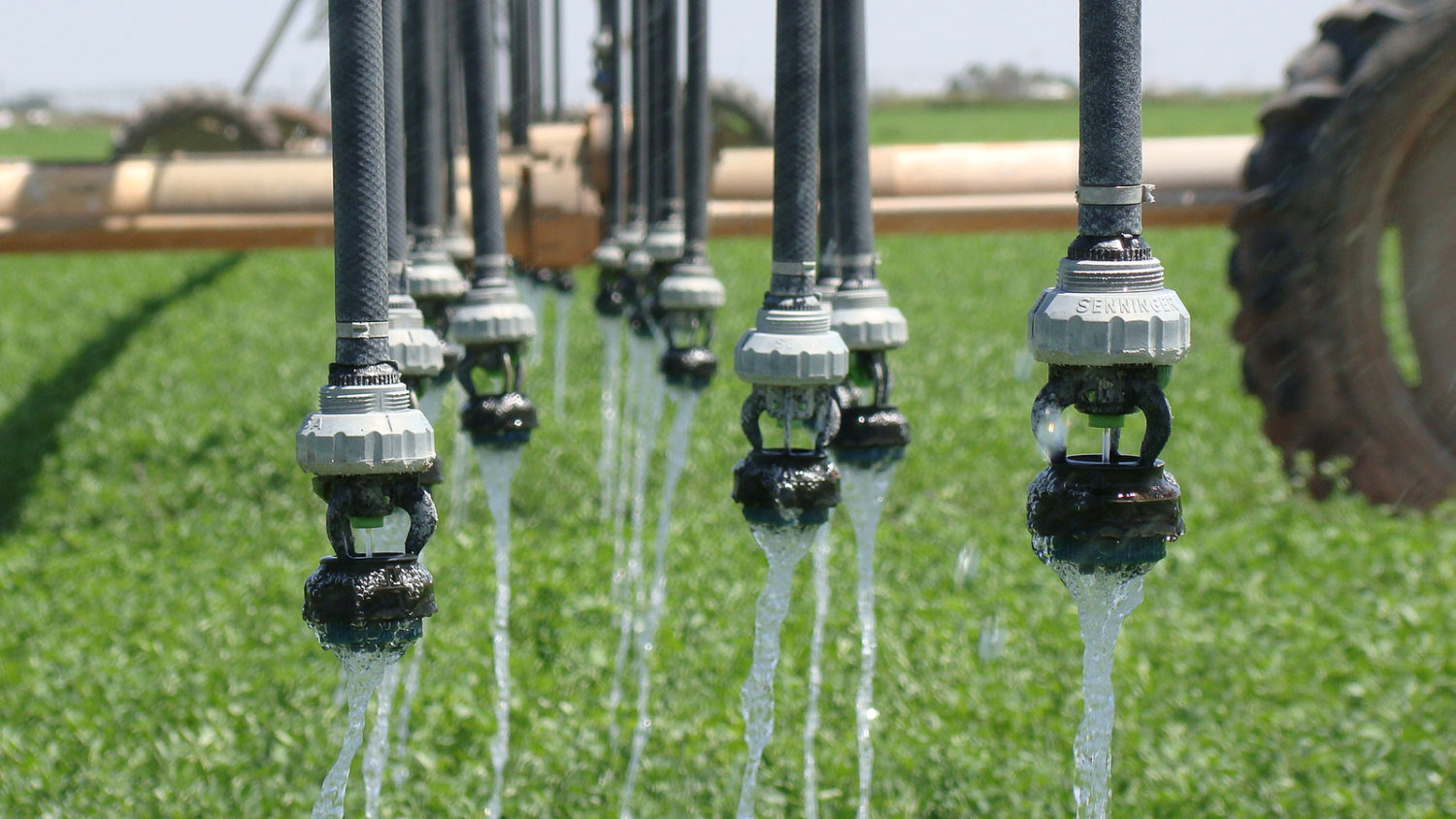
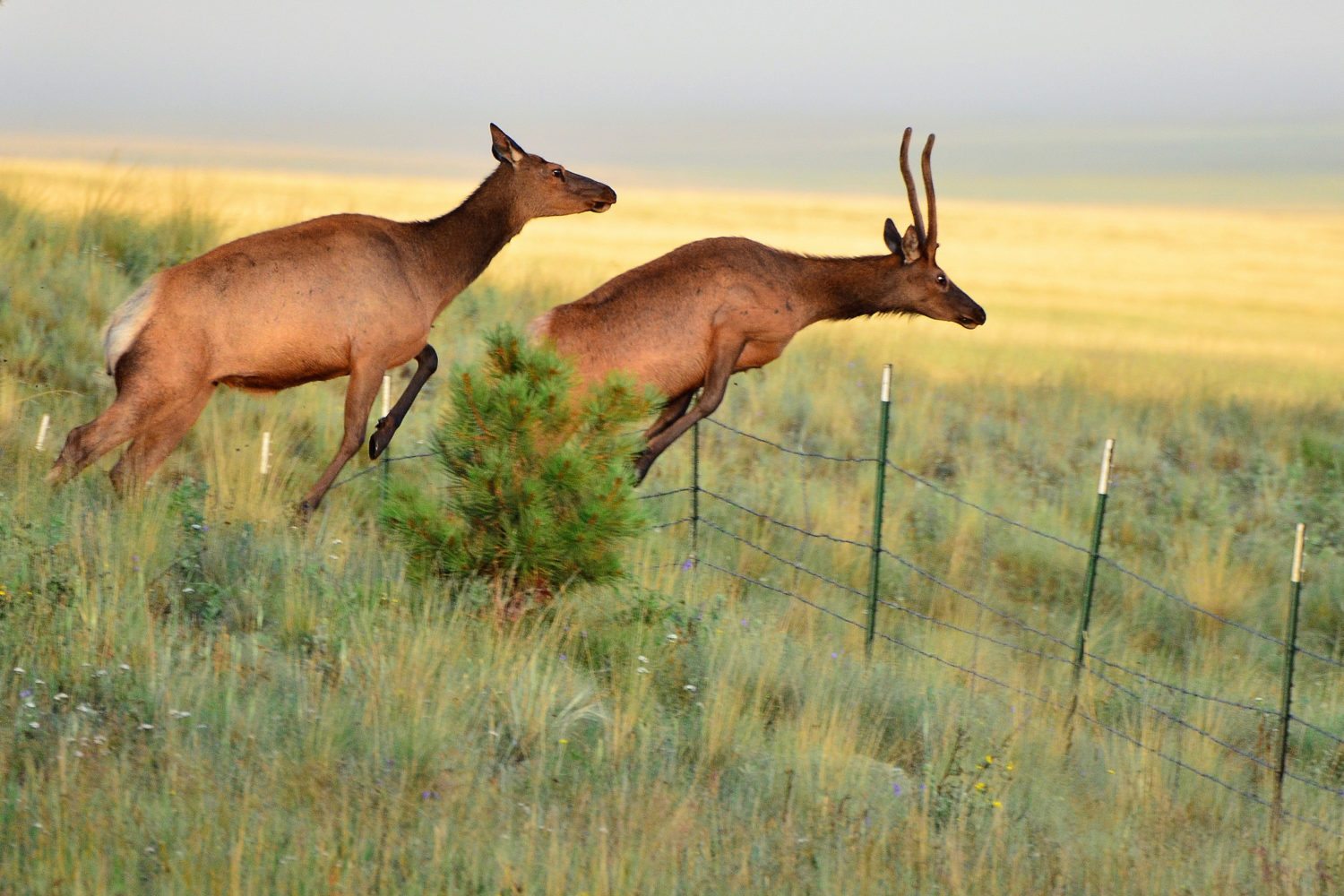




The Colorado river is vital to farming life in the western, and especially the southwestern United States. This breadbasket provides food to both America and the World. It requires tons of water that the Colorado river system provides.
We should protect those farms by either eliminating or severely limiting any other users of that water not essential to farming, exclusively.
Industry in the watershed should be severely limited regarding its consumption of water.
Bottled water production’s water sources which are drawn from the Colorado river system must be immediately shut down!
Also, wastewater treatment plants must be optimized so that any water they reservoir can be used, possibly exclusively, for irrigation on crops.